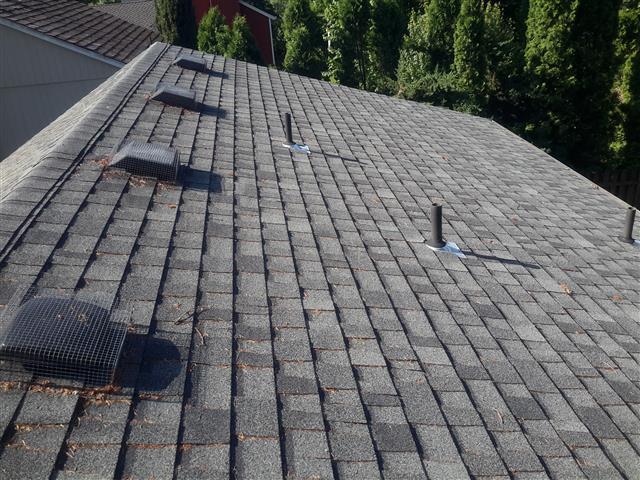Life Expectancy: How Long Will this Home Last?
As Home Inspectors, we are frequently asked by Realtors and homeowners to determine the life expectancy or how long a specific component of the home will last. The most common query is, “How many years does this roof have left in it?” Asking those questions is important and we always try to answer in a way that gives you the information you are looking for. However, arriving at a good answer is not easy.

Life expectancy
Here are some reasons why it can be difficult to determine how long a building component will last and how much life it has left in it:
- A variety of factors can affect the life expectancy of a building component. Method of installation, location and exposure, quality of material, usage, maintenance and upkeep, etc., can all significantly affect the life expectancy. For example, a homeowner deciding to pressure wash the moss off of his roof in the same way he cleans his sidewalk can easily take 10 years off of the life of the roof. On the other hand, leaving a roof covered in moss will also reduce the life of the shingles.
- Unless we know the date of installation, (frequently we do not), we have to make a judgement call on how long the item in question has been on or in the house. For example, a home built in 1973 may have gone through 2 or 3 roof coverings. When we don’t know when the newest layer of shingles was put on, we have to make a judgement call. Typically, the best we can do is to approximate that the roof is either in the first half of its service life, in the second half, in the last third, or at the end of its service life.
What we do as Home Inspectors is use our best judgement on the perceived age of the building component, and our impression of its current condition, to determine how far along its life-cycle it is. With that information, we ask the client to refer to a chart published by the International Association of Certified Home Inspectors as a guideline for what is the average life expectancy of that specific building component. (https://www.nachi.org/life-expectancy.htm)
For example, if we tell you that the Architectural Asphalt Shingle roof appears to be in the last third of its service life expectancy, and InterNACHI’s chart tells you that the life expectancy of this type of shingle is 30 years, you can reasonably expect to replace your roof in the next 10 years. One thing that is important to remember is that our inspection should not be relied upon as a guarantee. For specifics and absolutes, a specialist needs to be consulted. For example, only a roofing company can guarantee a roof.
